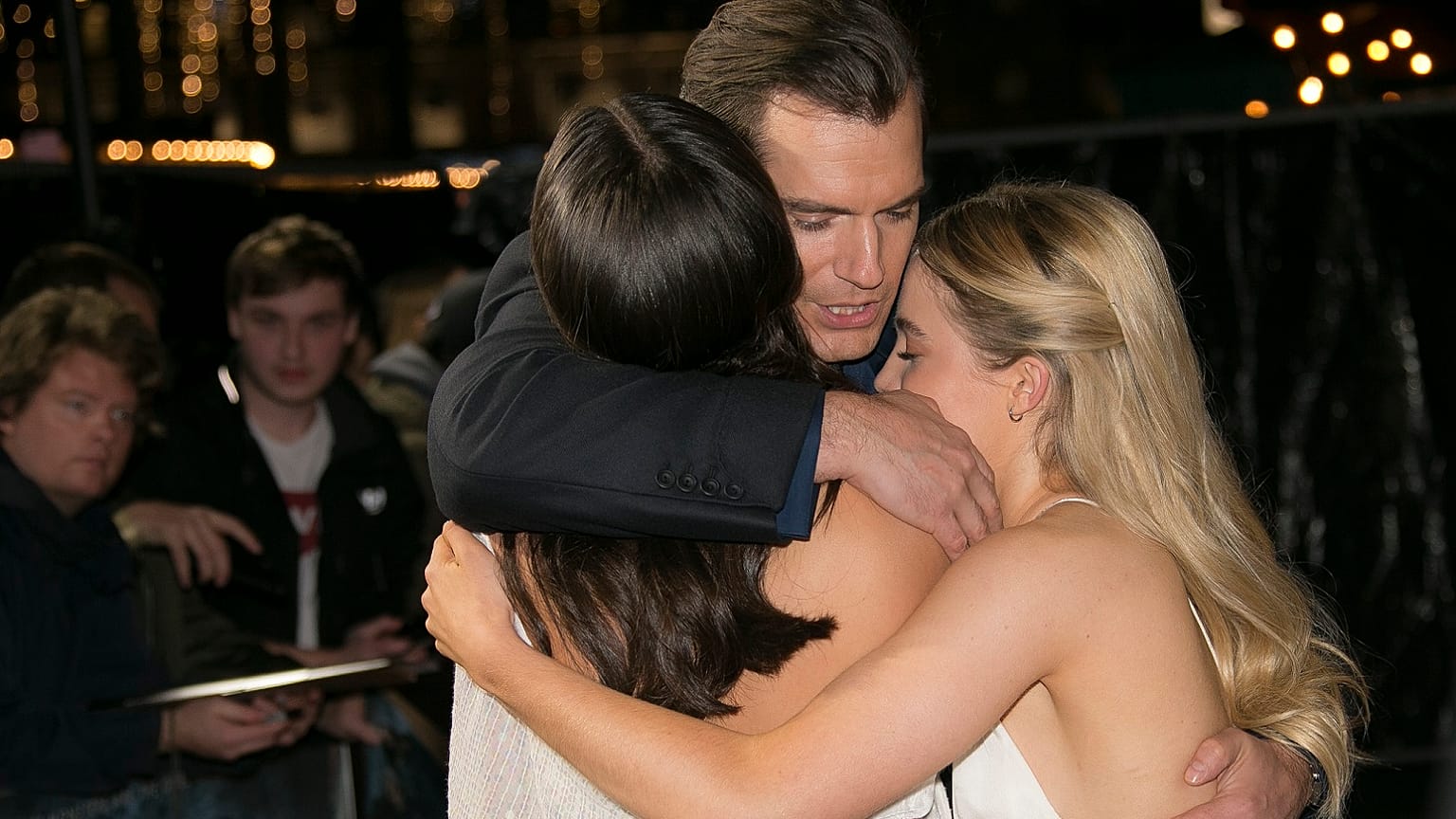Unlike most books that followed in the "Lord of the Ring's" footsteps, “The Witcher” stories aren’t told from a Western perspective. This is fantasy rooted in the eastern European tradition combining fairy tales and horror.
HBO’s flagship show “Game of Thrones” has gone west of Westeros. Its absence opened a void several streaming services are already rushing to fill. Just in time for the holidays, Netflix is debuting its biggest contender for the fantasy iron throne, “The Witcher,” which like many of its competitors is based on a multi-volume series. It’s more of a hardcore fantasy series than anything HBO attempted, with an entire universe full of unfamiliar magical creatures. (Other than dragons, “Game of Thrones” mostly avoided mythical beings, preferring to focus on human politics.) The result is a show that flirts with the edge of campiness, never quite collapsing under the weight of the fantasy world it creates — though it comes pretty close.
The 1990s marked a rebirth of the fantasy genre, with the release of Robert Jordan’s “Wheel of Time” series. Following a very male-centric fantasy boom in the 1970s and 80s, this new era routinely featured supposedly strong female characters — but always written by white men and for the male gaze. “The Witcher” straddles this divide, beginning as a series of 1980s-era short stories by Polish writer Andrzej Sapkowski, which morphed into full-length novels in 1992. But unlike most books that followed in the "Lord of the Ring's" footsteps, “The Witcher” stories aren’t told from a Western perspective. This is fantasy rooted in the eastern European tradition combining fairy tales and horror. (Think the Brothers Grimm, Hans Christian Andersen, and others whose dark fantasies became globally famous via neutered Disney renditions.)
The first two books (which are the short story collections) feature the titular Witcher, Geralt of Rivia (Henry Cavill), a social outcast due to his mutant status who makes his living hunting monsters. But from the third book onward (now novels), Sapkowski takes two female characters from the short stories and promotes them: Princess Cirilla of Cintra (Freya Allan) and the sorceress Yennefer of Vengerberg (Anya Chalotra), the latter of whom is Geralt’s soulmate. They’re still only seen via Geralt’s point of view on the page, but it gives the story more depth beyond the Witcher's endless hunt for fairy tale monsters.
Even so, “The Witcher” faces an unusual challenge. Unlike other novels currently working their way to the small screen, it was already successfully adapted for a visual medium: video games.
On the one hand, this gives the Netflix an extra fan community to draw from. On the other, it means the series has to please several different fan bases at once: those who love the short stories, those who love the novels and those who expect a lot of monster-on-Witcher combat. Additionally, the series has to find a way to update its male-gaze centered narrative for audiences who no longer accept stories that focus solely on the exploits of a white, male hero.
The show threads this needle well. Since it cannot just do a straight adaptation of the novels without disappointing two out of three fan groups, it doesn’t try. Instead it takes all of the material from all three mediums, both text and implied, and creates one large story. The plot is broken into three sections: Yennefer’s magical education and coming of age, Geralt’s monster hunting with his Bard friend Jaskier (Joey Batey) and the Nilfgaard invasion when Ciri goes on the run. The show then braids these section together into one sprawling narrative.
By tackling the material from this unexpected angle, the series manages to meet all expectations. Along with an overarching plot of a displaced princess and a story designed to introduce the magic and political facets of this universe, each episode also contains its own adventure-of-the week i nwhich Geralt fights a monster, video game style. (A quick comparison of episode scenes to video game walkthroughs on YouTube reveal these fights feature recreations of the game’s “cut scenes” — the animated narrative scenes that set up the plot of each fight.)
But the video game aspect also comes with a handicap. The medium may be more interactive than a TV series or a movie, but it’s still incredibly visual. Henry Cavill’s character, Geralt, comes saddled with not just a terrible wig, but ridiculous color contacts that clash with his skin and a pre-determined, overly deep voice. Actress Anya Chalotra (playing the sorceress Yennefer) also has distracting contacts, along with questionable costumes and wigs. Cavill overcomes these handicaps to an extent, a tribute to his talents. Chalotra also does a decent job dealing with these aesthetic issues as well, though ironically, she does even better when transformed via CGI into her childhood hunchback form in early episodes.
But though the main characters find ways to control the campiness of their roles, not everyone is so lucky. Some of the traditional fairy tales work well in the retelling, like a former captive princess hellbent on revenge against the sorcerer who locks women in towers. On the other hand, there’s an entire episode where Geralt confronts a hedgehog man. (That’s a man cursed to resemble a hedgehog, not a man of hedgehogian descent.) The show plays the character completely straight, an attempt to push the boundaries of fairy tale horror in a way that “Game of Thrones” never had the nerve to do. But the character feels ultimately less innovative and more like a live-action Disney creation that tumbled out of the ABC show “Once Upon A Time.”
Whether or not “The Witcher” can keep this fragile balance up in the already greenlit season two remains to be seen. As the series dives deeper into the main plot of the original novels, it may have a harder time balancing its many different elements. Certainly the more it mines fairy tale stories, the weirder and campier it will get. But as an opening salvo in the war for fantasy domination, one could do a lot worse than a fighter like “The Witcher."
- Ani Bundel has been blogging professionally since 2010. Regular bylines can be found at Elite Daily, WETA's TellyVisions, and Ani-Izzy.com.
This piece was first published by NBC Think.
____________
Are you a recognised expert in your field? At Euronews, we believe all views matter. Contact us at view@euronews.com to send pitches or submissions and be part of the conversation.















